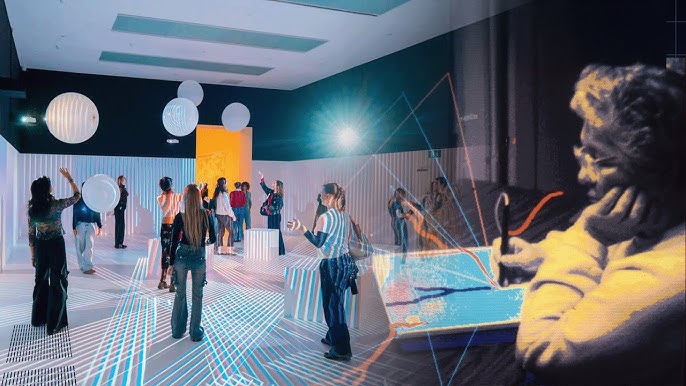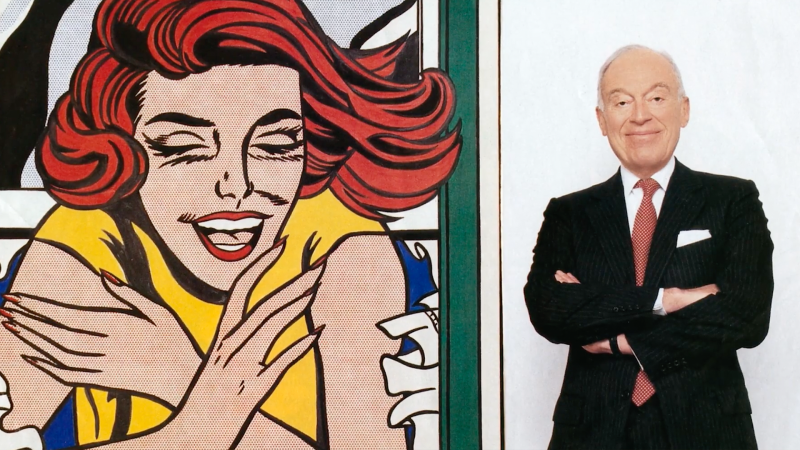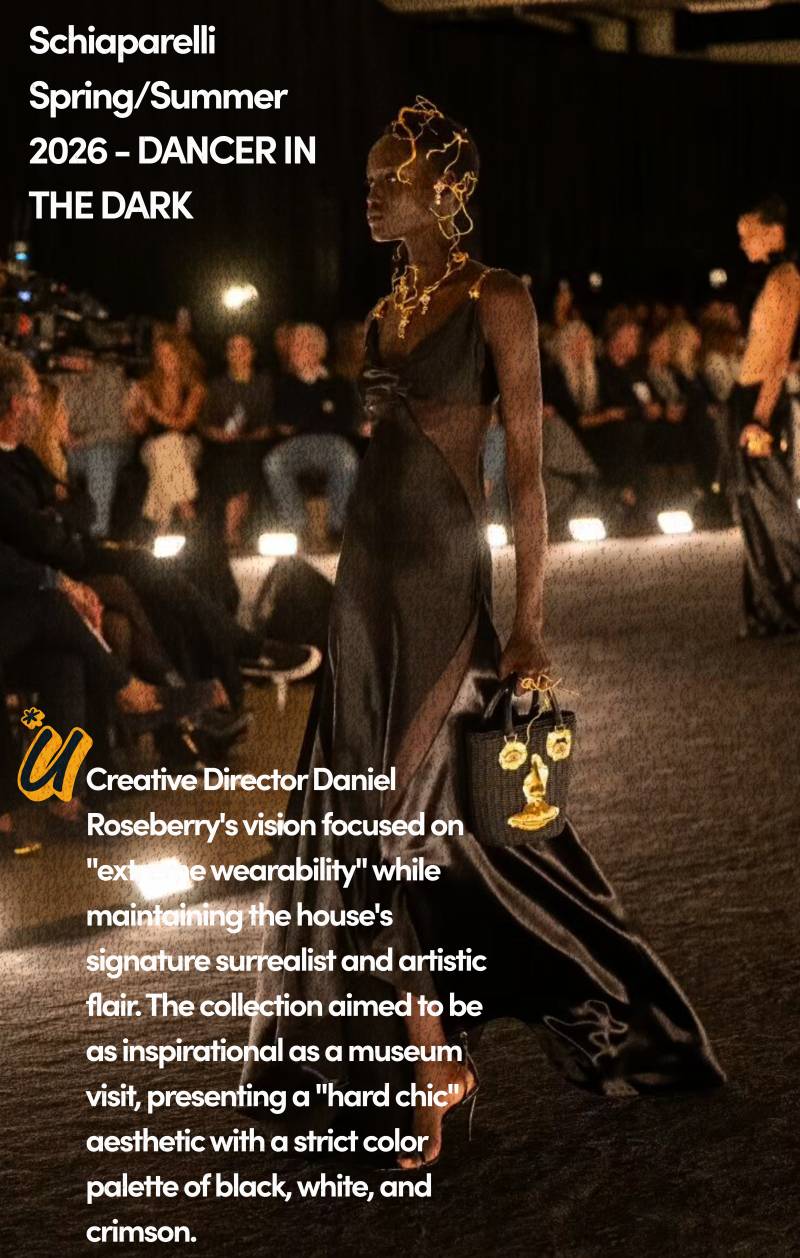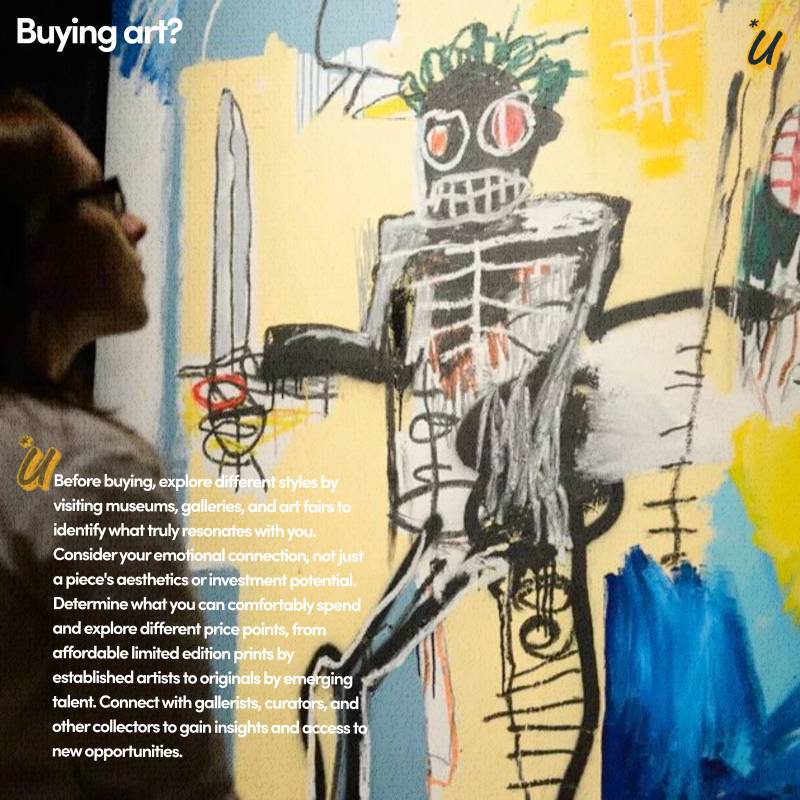The year is 2050. A child steps into a gallery not to observe, but to experience — walls breathe with data, sculptures pulse in sync with visitors’ heartbeats, and holographic beings recite poetry in extinct languages. This isn’t a sci-fi film or a distant fantasy. It’s what artists, with the full force of imagination, are sketching today. Through canvases, installations, digital realms, and synthetic biology, they aren’t just illustrating the future — they’re actively reprogramming it. At the heart of this reprogramming is A Year in Art: 2050, a two-room exhibition at Tate Modern that acts less like a traditional showcase and more like a thought experiment.
Curated with precision by Michael Wellen, the exhibition stitches together the past, present, and future — pulling us across the vibrating threads of Umberto Boccioni’s futurism, through the unsettling poetry of Andra Ursuţa’s figures, into the speculative terrains mapped by Ayoung Kim and Toyin Ojih Odutola. But to truly grasp what this show is doing — and what artists globally are beginning to do — we must go deeper than the walls of any institution. Art, historically, has been prophecy cloaked in color. Picasso’s Guernica didn’t merely depict horror; it foresaw a world fractured by ideology. Basquiat’s raw compositions became timestamps of a cultural eruption decades before mainstream art caught up. Today’s artists inherit this legacy not only with brushes and clay, but with code, genetics, soundscapes, and synthetic intelligence. And in this new chapter, 2050 is less a number than a question: What does it mean to be human in an age of intelligent machines, climate recalibration, and bodily reinvention?

Related article - Uphorial Podcast

Toyin Ojih Odutola answers with intimacy. Her narratives of imagined Nigerian aristocracies don't seek to predict the future, but instead disrupt the historical narratives that would prevent such futures from ever arriving. Her worldbuilding is a rebellion. In her imagined 2050, Black identities aren’t marginalized or merely surviving — they’re myth-making, power-wielding, sensual, and sovereign. It's an audacious counterpoint to the dystopias we’re often fed. Then there’s Ayoung Kim, whose practice traverses sound and space, collapsing temporal boundaries. Her art suggests that in the post-anthropocentric era, the idea of nationhood or even “human centrality” may become irrelevant. Who will be the citizens of 2050? Perhaps AI bots negotiating ethics. Perhaps animals with neural implants. Perhaps we, unrecognizable after a century of biohacking and cognitive augmentation.
But this isn't all abstraction. Artists are tackling real-world challenges head-on — imagining biodegradable cities, viral-resistant skin, and sensory experiences for neurodiverse populations. Ursuţa’s grotesque yet delicate sculptures evoke a post-pandemic fatigue, a collective body yearning for both escape and healing. Meanwhile, emerging artists fuse disciplines: fashion designers embedding nanotech in garments that adapt to emotional states, muralists collaborating with climate scientists, poets weaving code into verse. What emerges is not a singular vision of 2050, but a kaleidoscope of imagined ecosystems — some haunting, some hopeful. And through this multiplicity, artists remind us of our greatest gift: the ability to imagine alternatives. In a world shaped by algorithms and predictive analytics, the artist refuses to be reduced to data. They are the glitch in the system. The beautiful error. The necessary disruption.
Michael Wellen’s curatorial voice doesn’t just present these works — it amplifies them as living dialogues. Each piece at Tate isn’t static. It’s a prompt. What kind of futures are we complicit in creating? How do our immune systems — cultural, physical, political — prepare for the next contagion, whether viral, ideological, or ecological? Art is not an escape. It’s a rehearsal. And as we edge closer to 2050, the visions birthed by these artists offer more than aesthetics. They offer strategies. For surviving. For connecting. For dreaming still. Because in the end, the world we build depends on what we dare to picture first.



